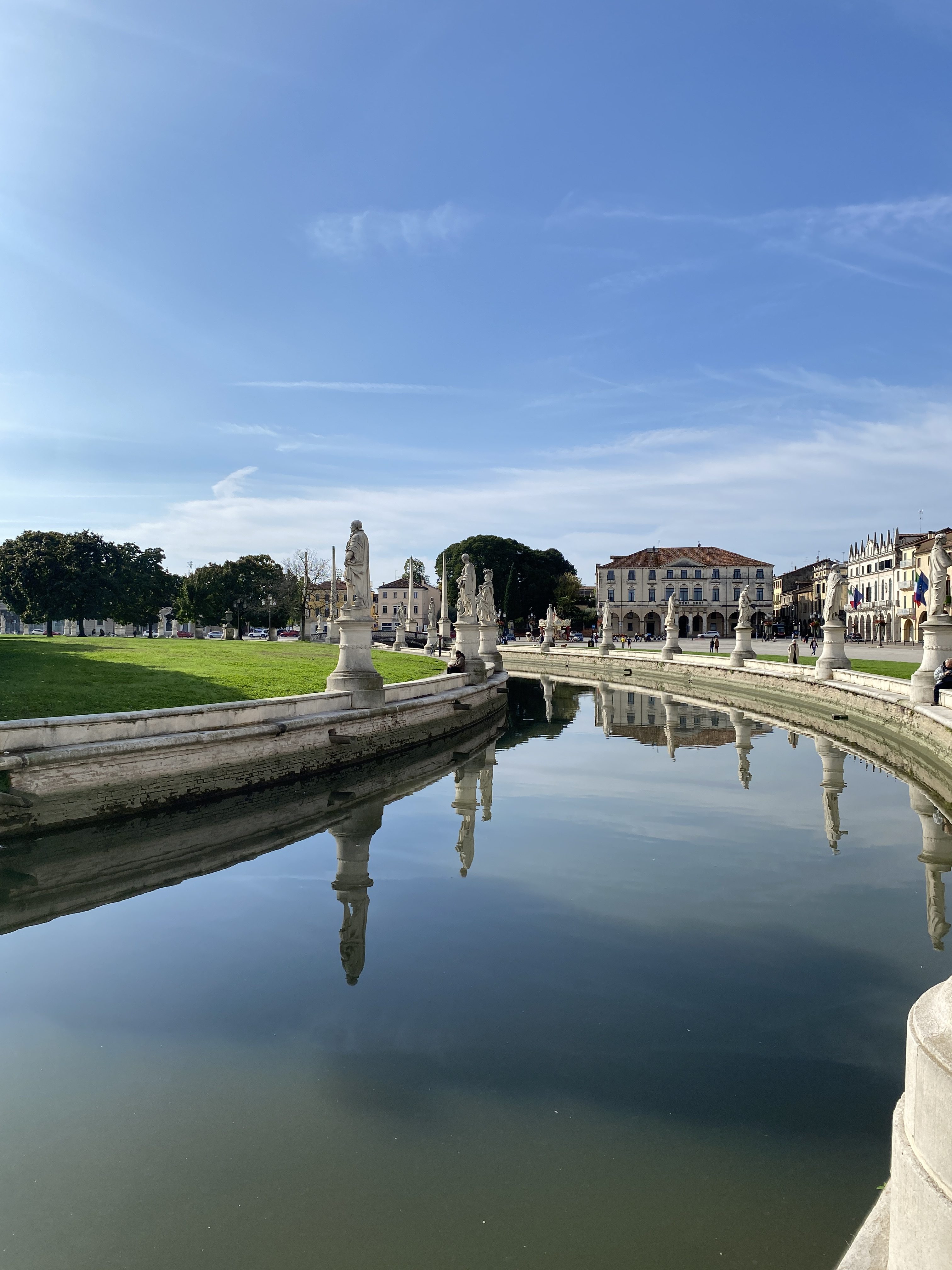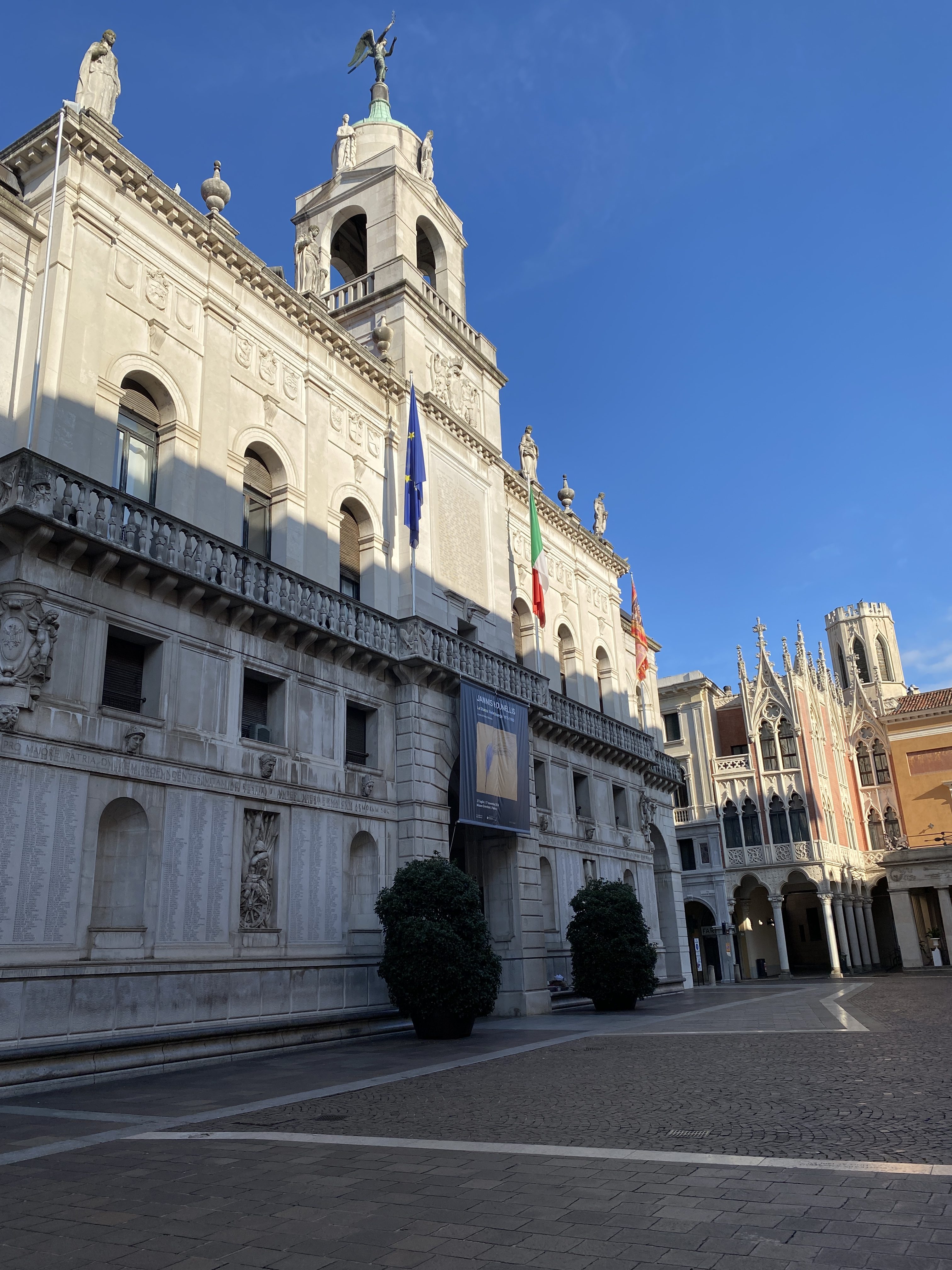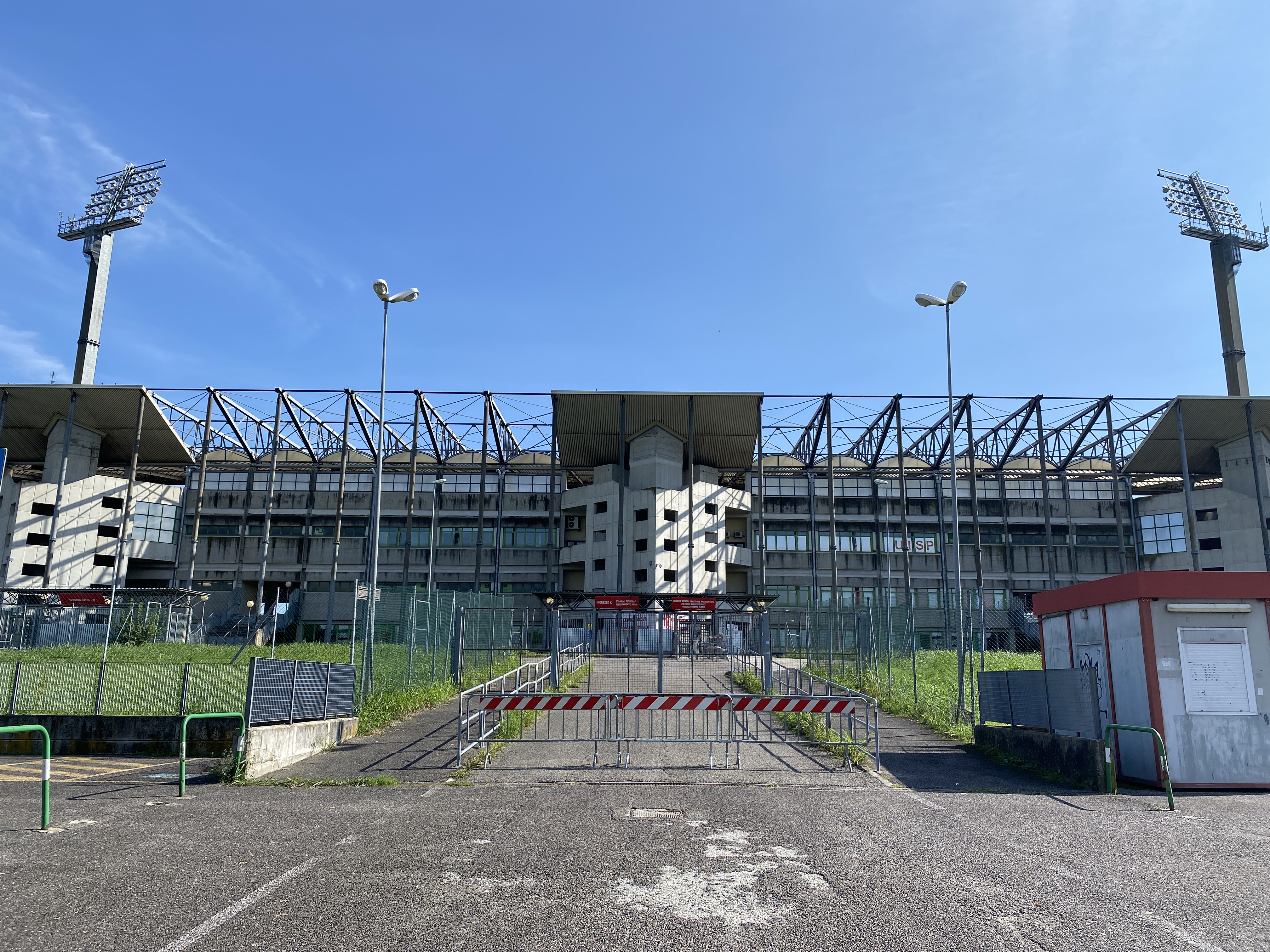
Osvaldo Bagnoli’s legendary Verona side remain the only Serie A winners to hail from Veneto, but football is everywhere you look across the region.
But despite the relative lack of success, Veneto is a calcio hotbed with few equals in Italy. With the exception of Lombardy, it is hard to think of a region that takes football as seriously as it does.
Alongside Hellas, the city of Romeo and Juliet alone is also home to Virtus Verona and former Serie A fairytale Chievo Verona.
Elsewhere, Venezia returned to the Italian top-flight last season, while Padova, Vicenza and Treviso all featured in Serie A over the past two decades. Cittadella, meanwhile, have been a regular in the lower divisions.
With that in mind, Destination Calcio decided it was time to return to Veneto for the second time this season.
While our first foray in the region took us to Verona on the opening weekend of the season, this time around we based ourselves in Padua in order to travel north to Udine on Saturday and take in Padova vs Vicenza the following day.
With David and Emmet taking a well-earned rest after weeks of criss-crossing Italy and Harry making his Destination Calcio debut in Naples, it meant a solo trip.
I’d strategically booked the accommodation with the travel schedule in mind and opted for the Hotel Grand Italia in Padua, located just a stone’s throw away from the main train station and the coach station.
Better still, the old town was a mere 10 minutes walk away.
Padua doesn’t have an airport, which means flying into Venice is your best option. A flight from London Stansted takes approximately 90 minutes to either Venice Marco Polo – the main airport – or Venice Treviso – the regional hub served by several budget airlines.
From Marco Polo airport, the coach to Venice Mestre train station takes approximately 25 minutes and is good value at €10.

The coach leaves from just outside the main terminal and you can simply tap your card when you get on board, so there’s no need to fiddle around with tickets.
Padua is just 15 minutes away from Mestre train station with a fast train, or 30 minutes with a slower service, while a coach from Venice Marco Polo airport takes approximately 45 minutes.
Booking your train tickets in Italy is relatively straightforward if you’re using the Trainline or Trenitalia apps.
Home to two UNESCO heritage world sites – the Botanical Gardens and a collection of 14th-century frescoes housed in buildings across the old town – Padua is no ordinary city.
From the Scrovegni chapel painted by Giotto at the beginning of 1300 to its magnificent Venetian-style buildings and piazzas, you’re never too far from a historic landmark.
Home to one of the world’s oldest universities – where luminaries such as Galileo Galilei and Nicolaus Copernicus taught or studied – the city oozes culture.
A long day on the road on Saturday meant I was yet to discover anything Padua had to offer, so I decided to make the most of a sunny Sunday and get stuck in from the start.
I began my day with a double espresso from the Bottega del Caffe’ Dersut just across the road from the hotel to blow away any cobwebs after spending 16 hours on the road the previous day.
Despite being only 8:30am the place was busy with customers tucking into their croissants and confirmed a personal theory I have long held. Cafes around train stations in Italy may not match their city centre counterparts for glamour, but they tend to serve some of the best coffee you’ll taste as they cater to regulars from 6am seven days a week.
With that, I set off towards the old town and after a short walk along Corso del Popolo I stumbled on Padua’s Botanical Gardens, which I was reliably informed are the oldest in the world.
They also house the Scrovegni Chapel, but if you’re planning to visit be mindful to book your visit at least a day in advance.
I hadn’t, therefore I went wandering across the old town which was still deserted at the time, bar the odd tourist here and there.
Tourism has steadily increased in Padua, but it remains light years away from the saturated walkaways and squares of Venice.
Which is puzzling given what Padua has to offer but it also means the city, with a population of just over 70,000, feels pleasantly vibrant but never particularly busy.


More to the point, it also meant that after exploring the old town I could sit down at Caffe Pedrocchi without having to wait for a table.
Located in a tiny piazza, this cafe is the oldest in Padua having first welcomed customers in 1831 and used to be open around the clock until 1916 and retains most of its neoclassical and Venetian gothic elements.
With the sun shining, I sat outside and treated myself to a croissant, cappuccino and fruit juice for breakfast. At €12, it was at the higher end of the scale in terms of pricing, but if you can’t treat yourself after spending 16 hours on the road the previous day, when can you?
The majority of the sports section of Padua’s two local newspapers was devoted to the upcoming Padova vs Vicenza clash, a timely reminder that I was after all in town for football and that it was time to get going.
A quick dash to admire the market in Piazza delle Erbe and I was off to the Stadio Appiani, Padova’s former home and a very delicate topic of debate among Padova fans.
Reaching the Appiani through the old town was a breeze and my 15-minute walk took me through Prato della Valle, Italy’s largest town square set around an elliptical water feature. The place was bustling with food stalls, but the only appetite that needed satiating as far as I was concerned was the need of visiting an old ground.
Inaugurated in 1924, the Appiani was Padova’s home for the next seven decades until the Biancoscudati moved to the out-of-town Stadio Euganeo.
It was at the Appiani, under Nereo Rocco – one of the early pioneers of Catenaccio – that Padova finished third in Serie A in 1958 – to date the club’s best achievement in the top-flight.
Today, a plaque in the Appiani’s small car park is the only tangible reminder of Rocco’s legacy.
The stadium is still occasionally used by Padova’s youth teams and as a training ground by the first team ahead of selected fixtures, but three stands have been demolished and there are plans to turn the stadium into an urban park.
The old grandstand is being removed to make way for a terraced embankment designed to replicate the original 1924 configuration, while a canal outside the ground that has been blocked since the 1950s will be excavated and reopened.
The plans and ongoing discontent with Padova’s tenancy at the Euganeo have led to Padova’s ultras boycotting home matches this season.
Ahead of my trip I’d arranged to meet Massimo, a member of Padova fan group Appartenenza Biancoscudata to discuss the boycott, so I walked back to the hotel to then get a cab to the Euganeo.


You can read in depth about the boycott here, but suffice to say that Padova’s current ground has none of the charm of its predecessor, nor is it as easily reachable.
After watching Padova extend their lead at the top of Serie C Group A courtesy of a 1-0 win over Vicenza – who remain third, five points adrift of their Veneto rivals – it was time to head back to the old town.
With the nearest bus stop a 20-minute walk from the ground, I bit the bullet and decided to walk all the way back to the old town as I had done the previous day in Udine, much to the delight of my Apple Watch.
It was then back to where it all started that morning, as I stopped for a well-deserved pizza and a beer at L’Antica Pizzeria da Michele across the road from the Botanical Gardens.
As I left, the place was heaving with families – it would seem kids of all ages are allowed to stay up long past 8pm in Italy – merrily tucking into their pizzas, with a long line of customers waiting to be seated.
For me, however, it was high time to head back to the hotel and pack for the following morning’s 6:45am coach to Venice airport.
Of course, I still managed to squeeze in a double espresso at Bottega del Caffe’ Dersut before leaving Padua.
We’ve taken a break from travelling due to the international break as Italy take on Belgium and Israel in the Nations League, but will be back on the road later this week.
You can read about our previous trips to Milan and Bergamo, Bologna, Como and Monza, Genova, Campania and the Northern regions.
There is no better way to spend your weekends as long as the destination is calcio.
Related Articles
Related Articles
We get a local take on what's hot in Cremona - where to eat and drink, sights to see and handy hints that might not be in the tourist guides.
The Artemio Franchi will always be the main reason calcio fans head to Florence but there is one other thing that must be on the to-do list.
After the final whistle is blown at Stadio Giuseppe Sinigaglia, there is no better place to unwind than Bellagio.




